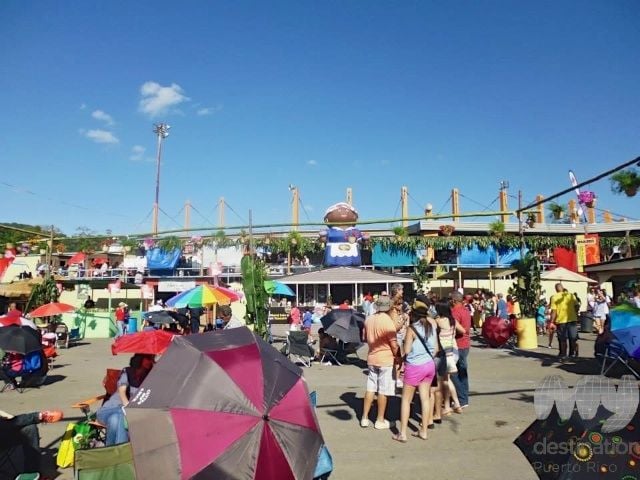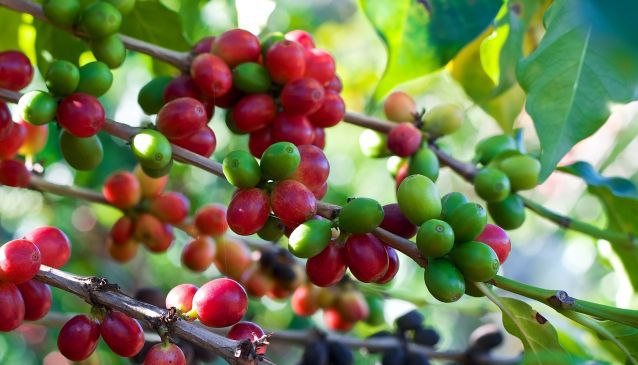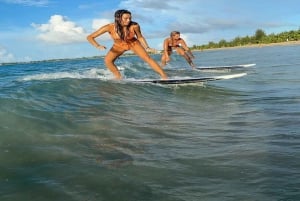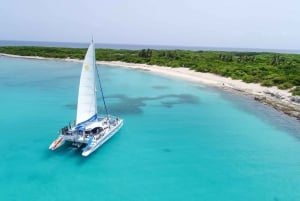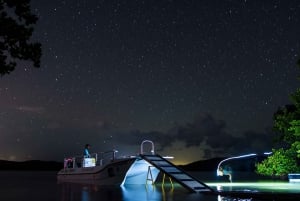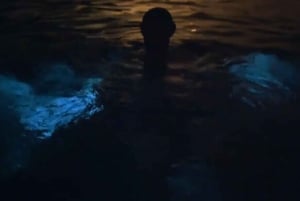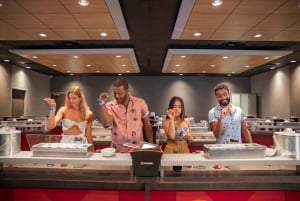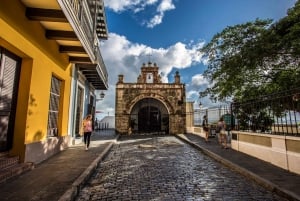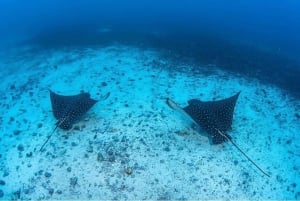Celebrating Puerto Rico's Coffee Harvest
The Maricao Coffee Festival is an annual event held for three days over a weekend in mid-February
Book Top Experiences and Tours in Puerto Rico:
If youʻre booking your trip to Puerto Rico last minute, we have you covered. Below are some of the top tours and experiences!- Rincon: Beginner Surf Lesson
- From Fajardo: Icacos Island Full-Day Catamaran Trip
- Vieques: Bioluminescent Bay Boat Tour
- From San Juan: Bioluminescent Bay Boat Tour and Hot Springs
- San Juan: Casa Bacardi Distillery Tour
The end of the growing season in Puerto Rico is celebrated with "La Fiesta Del Acabe" roughly translated it means the festival at the finish. Even if you would not usually consider yourself a coffee fan, there is much more to the festival that is worth visiting for, and after sampling a ‘corto’ cup of local Puerto Rican coffee topped with cinnamon even the hardiest tea drinking Brits would be converted to coffee for life.
Growing coffee crops in the Porta del Sol (West Region) town of Maricao first began in 1755, the coffee industry soon flourished and in the decades leading up to the turn of the twentieth century Maricao, and the whole of Puerto Rico, was experiencing a golden age for coffee exports.
Although the caffeine economy slipped away after that, the region is now experiencing a resurgence with the growing interest in ethically sourced and artisan coffee, as also seen with the rise in specialty coffee shops in San Juan.
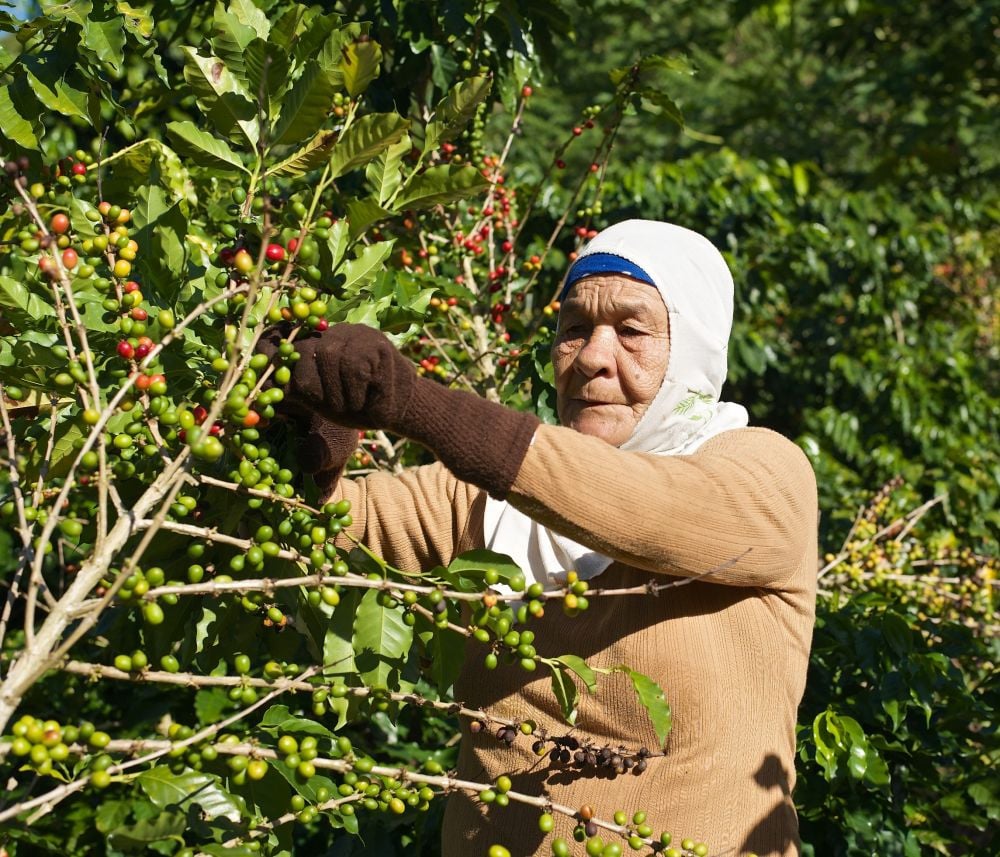
We first noticed the Maricao Coffee festival in the pages of the Lonely Planet guidebook, a book so widely read that you would expect the festival to attract tourists from far and wide, but that was not the case.
In fact it seemed we were the only people at the festival without extensive family ties to the town and surrounding area. We believe that the festival has been able to retain its authenticity and mountain-seclusion because Maricao is a small rural town in the South West of the island, nestled in a valley between rolling mountains of this fertile coffee growing region and the only option for getting to the festival, to some it may seem like too a long drive from San Juan.
The journey is an adventure in itself, travelling from San Juan takes approximately three hours, possibly more if you decide you are worldly enough to travel without GPS or a smartphone. This also allows for rest stops and occasionally taking the wrong turn on the country roads – which are only partially signposted and more frequently used by animals than cars. Local people are friendly enough to help with directions but Spanish is a necessity here.
Taking in the Ruta Panoramica and the Ruta 123 with their breath-taking views, their Caribbean charm and sheer cliff drops, will all be part of your festival experience.
Once you get to the festival, ignore the home-made car park signs at the bottom of the hill and wait until you have passed the baseball stadium where the festival is being held, I promise you will regret the walk and the inflated prices if you don’t.
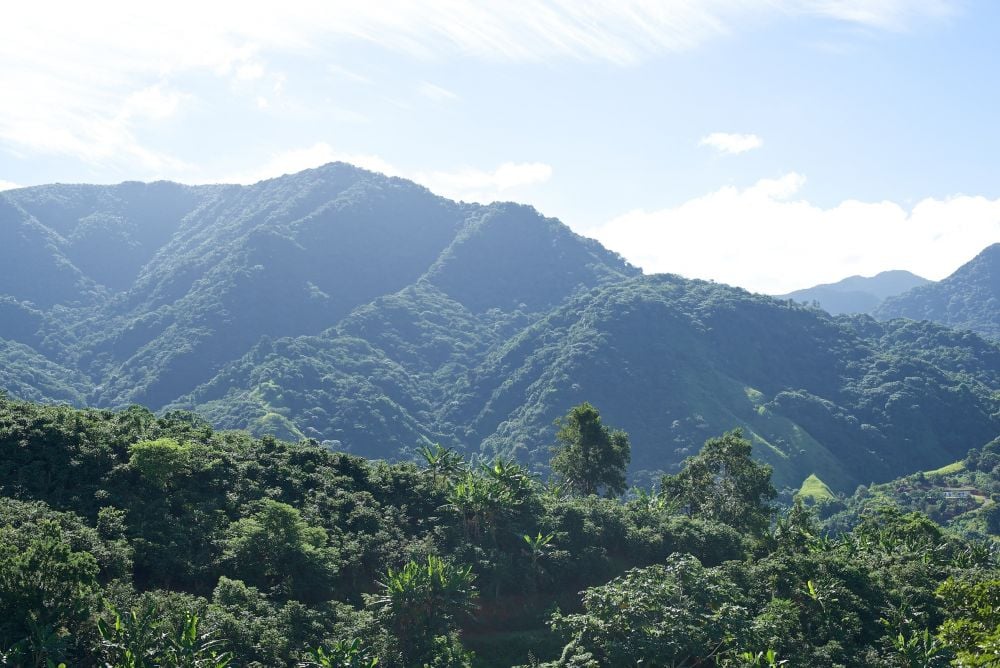
Expect the food on offer at the festival to be a true display of Puerto Rican cuisine with businesses having travelled from across the region to sell their wares. This includes the staples of pork, rice, beans and Mofongo cooked in authentic recipes and old fashioned Puerto Rican sweets such as banana brittle and rum lollipops. There are also less conventional but equally delicious international offerings such as Nutella frappes.
Of course there could be a whole article written about the coffee itself, the crowning glory of your day trip to Maricao, but in short, this is the real deal. The flavors are robust, the scent of coffee beans and the sound of baristas brewing their next cup fills the air - Starbucks would be quaking in their boots.
All of the local coffee providers have their own booths and hand out free sample cups for you to taste. Even the full cups only cost a dollar, are you listening Starbucks?
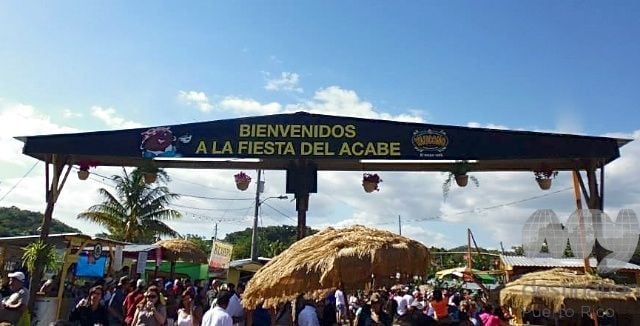
Once you have had your fill of coffee and tasty food, retreat to watch or dance to the live salsa bands playing throughout the day on the central band stand area.
The music resonates around the festival as festival goers slowly get more weary - and loose. There is a real family atmosphere, full of children, parents and grandparents - many of whom had brought their own coolers, umbrellas and chairs to set up camp by the bandstand.
Vendors are also selling crafts, paintings, clothes, jewelry and other souvenirs. While most stall sellers still speak basic English it is respectful to try even your most broken Spanish.
The Maricao Coffee festival feels very local-centric, a celebration of the industry that sustains this region, with only a handful of tourists at most. It is a must visit if you happen to be visiting Puerto Rico during February and is a welcome respite from the hustle and bustle of the San Juan Metro Area.
